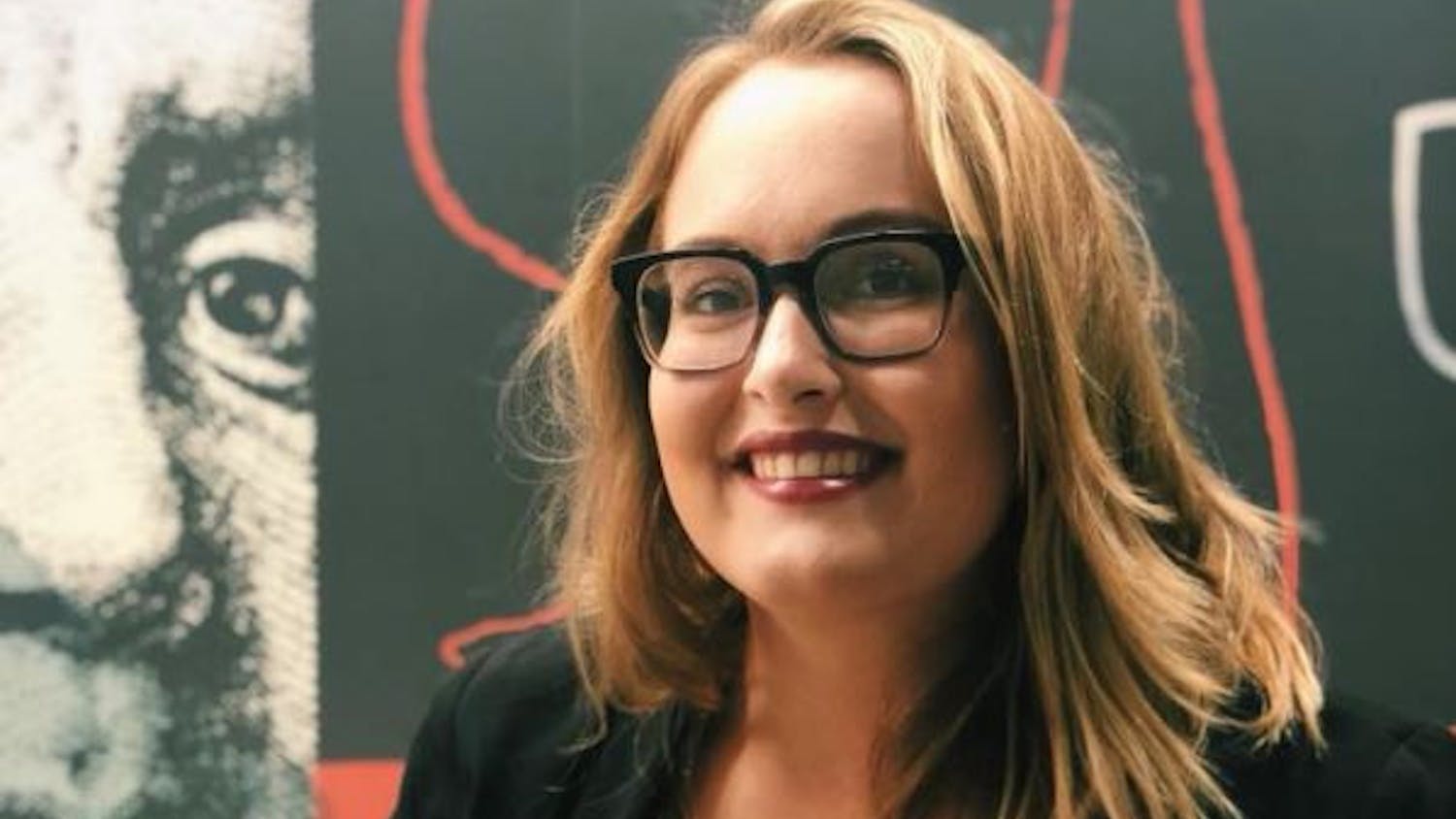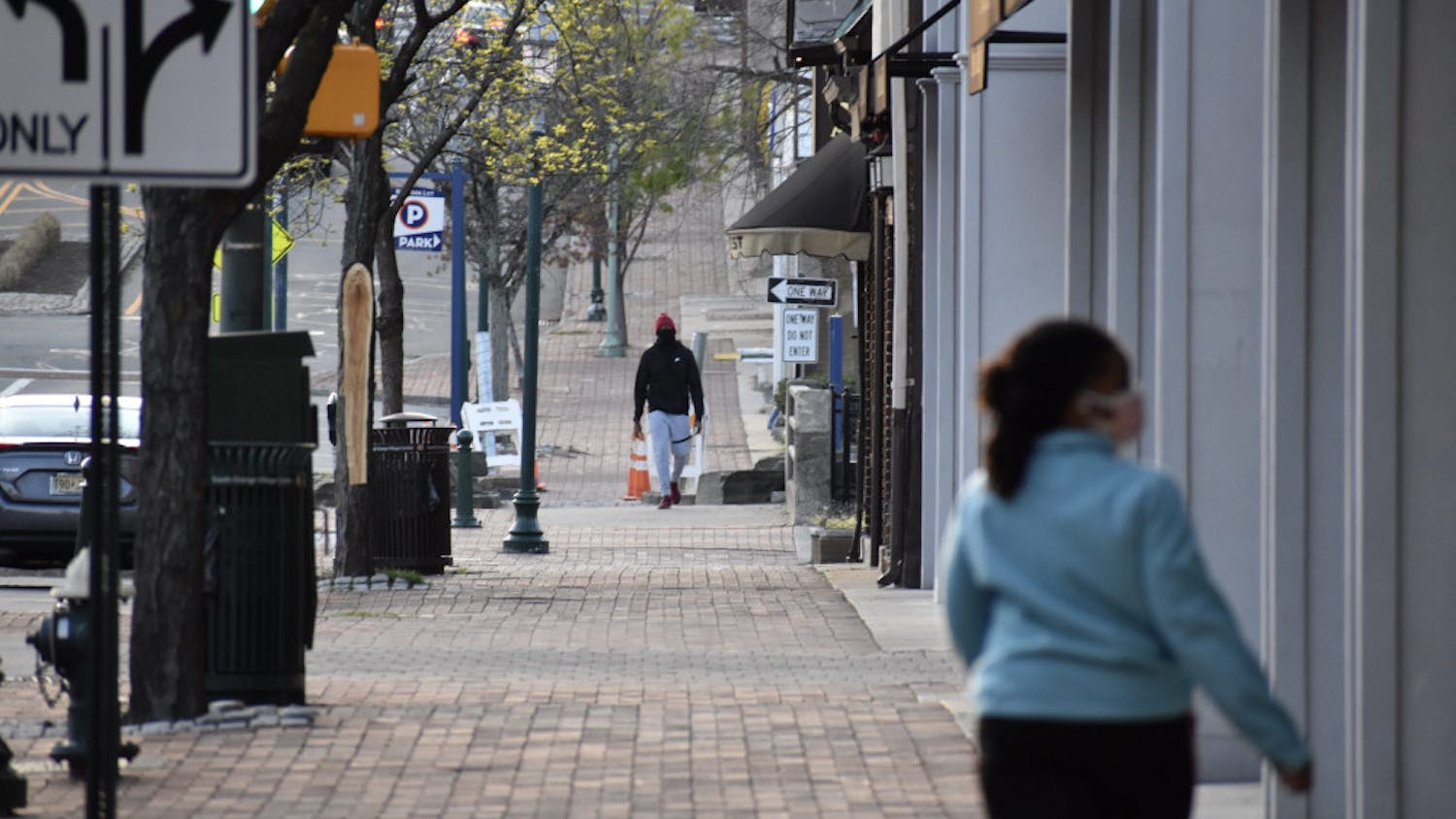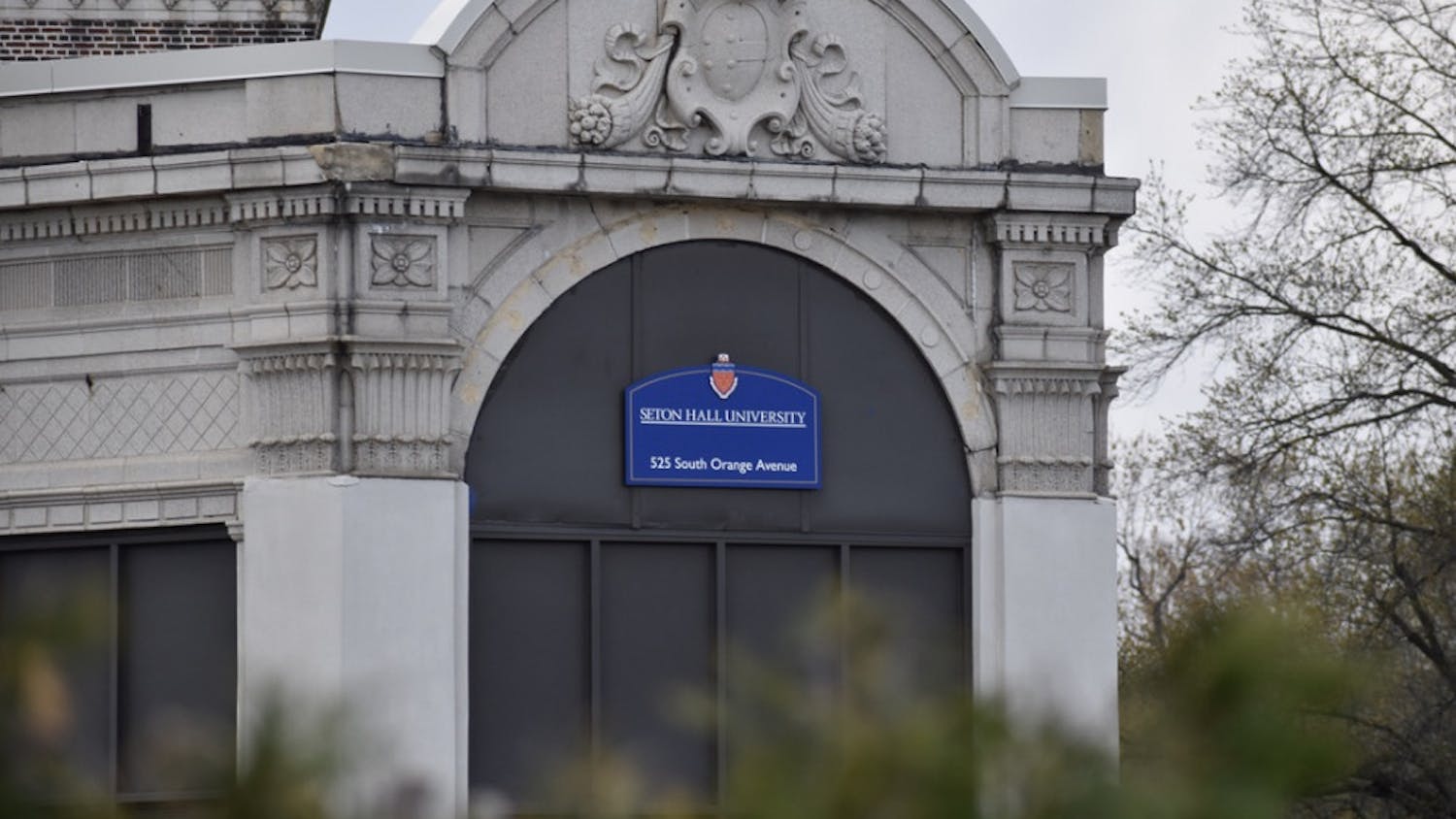The number of people visiting a website by typing its name into a search engine is increasingly small. There are many back doors in the form of social media platforms like Twitter, Facebook and Instagram, that bring fans and consumers closer to the content they desire.
While these outlets allow for engagement, the timelines of social media can often be a toxic, unhealthy place, even for people whose follower account would suggest they have it all.
[caption id="attachment_24641" align="aligncenter" width="838"] Photo via Pixabay[/caption]
Recently, pop singers Miley Cyrus and Selena Gomez have taken breaks from social media and purged their Instagram accounts. Close to home, former Seton Hall basketball forward Desi Rodriguez erased all but three of his Instagram posts after being cut by the Los Angeles Clippers on Oct. 9.
Personally, as someone who’s maneuvering into a polarized news industry, striking the right life balance with social media continues to be a struggle, and I know I am not alone in this. Even without a blue check mark, I have drifted my Twitter toward being almost 100 percent business with very few random, sporadic takes.
Being that my focus is in sports, if a game is on, unless I’m covering it, I’ll rarely weigh in on social media. I’ve gotten to a point where I think, “What’s the point?” When I apply for a job, I doubt all that time offering live tweets is going to get me anywhere.
I invest a lot of effort into all of my articles, most of which are feature stories that require research, transcription and concentrated writing. When I’m done, however, I share my work on all the aforementioned social media platforms. This is so that, after all those hours, people will actually read what I write. The problem comes in that share period, where I put together multiple posts on several social media platforms.
A study published in 2017 from the University of Bergen in Norway showed a correlation between social media use and addictive behavior, with findings that showed smartphone deprivation in young people resulting in anxiety that had parallels to drug withdrawal. Multiple studies have also shown a link between increased social media usage and depression.
For students aspiring to enter communications fields, being active on social media is presented as almost a requirement, with little concern for the addictive dopamine hits that come as a result of retweets, likes and favorites, and the emotional harm that comes from increased negative comments.
For people who use social media professionally, the practice increasingly seems to be more harm than good.
James Justice is a senior visual and sound media major from Caldwell, N.J. He can be reached a james.justice@student.shu.edu.
Photo via Pixabay[/caption]
Recently, pop singers Miley Cyrus and Selena Gomez have taken breaks from social media and purged their Instagram accounts. Close to home, former Seton Hall basketball forward Desi Rodriguez erased all but three of his Instagram posts after being cut by the Los Angeles Clippers on Oct. 9.
Personally, as someone who’s maneuvering into a polarized news industry, striking the right life balance with social media continues to be a struggle, and I know I am not alone in this. Even without a blue check mark, I have drifted my Twitter toward being almost 100 percent business with very few random, sporadic takes.
Being that my focus is in sports, if a game is on, unless I’m covering it, I’ll rarely weigh in on social media. I’ve gotten to a point where I think, “What’s the point?” When I apply for a job, I doubt all that time offering live tweets is going to get me anywhere.
I invest a lot of effort into all of my articles, most of which are feature stories that require research, transcription and concentrated writing. When I’m done, however, I share my work on all the aforementioned social media platforms. This is so that, after all those hours, people will actually read what I write. The problem comes in that share period, where I put together multiple posts on several social media platforms.
A study published in 2017 from the University of Bergen in Norway showed a correlation between social media use and addictive behavior, with findings that showed smartphone deprivation in young people resulting in anxiety that had parallels to drug withdrawal. Multiple studies have also shown a link between increased social media usage and depression.
For students aspiring to enter communications fields, being active on social media is presented as almost a requirement, with little concern for the addictive dopamine hits that come as a result of retweets, likes and favorites, and the emotional harm that comes from increased negative comments.
For people who use social media professionally, the practice increasingly seems to be more harm than good.
James Justice is a senior visual and sound media major from Caldwell, N.J. He can be reached a james.justice@student.shu.edu.





